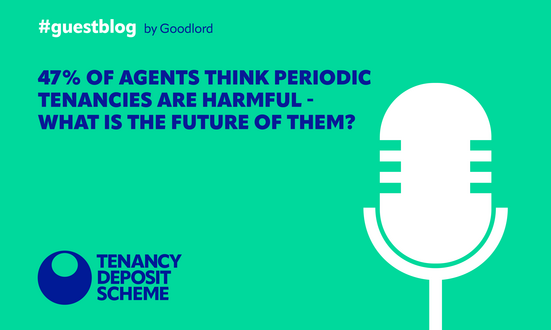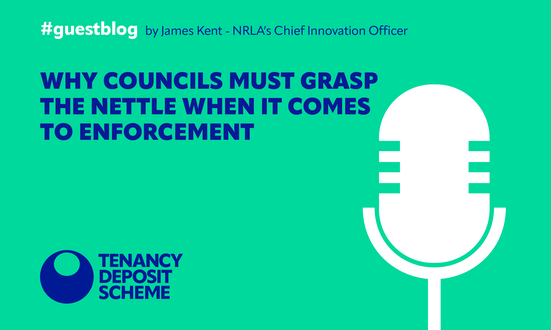In this week’s #AskTDS, Debbie Davies, Head of Sales and Customer Success provides new and returning students with a quick guide to the world of tenancy deposits.
As students across the country are moving into new flats and houses, the excitement of returning to college or university can mean that some practical considerations, like tenancy deposits, can fall by the wayside.
However, students (and family members who may supply tenancy deposits) should ensure they understand their rights and responsibilities. This way, they can make sure their tenancy deposits are properly protected, and obtain the agreed amount once the tenancy has ended.Here at TDS, we receive lots of enquiries from tenants at University, along with their family members at this time of year, so we have answered some key questions to help.
What is a tenancy deposit?
A tenancy deposit is a sum of money that a tenant pays to the landlord or letting agent to cover any rental arrears or damage to the property or its contents at the end of the tenancy.The tenancy deposit amount will be agreed and paid before the contract starts and is usually equal to f a maximum of five weeks rent.
Your landlord should confirm what the deposit covers, and this is normally set out in your tenancy agreement. The tenancy agreement should also include a list of your responsibilities as a tenant. If these responsibilities are not followed, the landlord may be able to keep part or all of your tenancy deposit.
What does the landlord do with the tenancy deposit?
Your landlord will be responsible for protecting your tenancy deposit with a government-approved scheme within 30 days of you paying your deposit.
You will know that your tenancy deposit has been protected because you will be issued with prescribed information that outlines the details of where your deposit has been protected.
If you don’t receive the prescribed information, you should request it from your landlord or letting agent in the first instance, but you can also check directly with TDS if your tenancy deposit has been protected with us by using our online checker tool.
If my flatmates damage their room, will I have to pay?
The answer to this question depends on whether you sign a joint assured shorthold tenancy agreement for the property as a whole, or if each of the tenants sign separate assured shorthold tenancy agreements on a room-by-room basis. You should contact your landlord or letting agent to establish which of these options is relevant to your tenancy.
If it’s a joint tenancy agreement, tenants contribute to one, shared tenancy deposit. As this deposit covers the tenancy as a whole, all parties are equally liable for any rental arrears or damage to the property, even if the damage has only taken place in one person’s room, or if one person has fallen behind on rent.
If the property is rented on a room-by-room basis and you have signed individual tenancy agreements for each room, you’ll only be liable for that room and the shared rooms, such as the kitchen or bathroom. This means that you will only be responsible for paying your own rent and maintaining your own personal space which should be outlined in your tenancy agreement.
How do I get my tenancy deposit back?
Your landlord or letting agent should return your tenancy deposit to you within 10 days of the tenancy ending if they are satisfied that the property has been returned in a clean, undamaged state as required in the tenancy agreement.
However, if there are dilapidations in the condition of the property, the landlord or letting agent may wish to make deductions from the tenancy deposit. Tenants can then either accept the deductions or challenge them through TDS’ free, online alternative dispute resolution (ADR) service. In that case, both the landlord/letting agent and the tenant can provide evidence to support their claim on the deposit. You can find out more about this service in our blog post on tenant claims.
Don’t forget to check out our Top 10 Tips blog on how to get your deposit back!
The world of tenancies and deposits can – at times – be confusing, especially for those renting for the first time. For further guidance, visit our Help Centre or contact us through our online contact form.
About the author

Debbie joined TDS in July 2017 and is Head of Sales and Client Success. Debbie has an extensive background in the property industry with over 20 years’ experience in the private rented sector and brings her passion for raising standards in the lettings industry into her role. Debbie is responsible for customer excellence, instigating change and innovation, fostering strategic partnerships, heading the customer journey and software integrations, and leading initiatives for growth, retention, and onboarding. Additionally, Debbie is a stakeholder for Rent Smart Wales and on the Board of Agents Giving Charitable Foundation.
About TDS
The Tenancy Deposit Scheme is part of The Dispute Service (TDS), the largest tenancy deposit protection (by value) and resolution service provider in the UK making life easier for tens of thousands of agents, landlords, developers, and millions of tenants and homebuyers.
Our award-winning customer service is highly rated on both Trustpilot and Google, and we’re backed by the NRLA, Propertymark and RICS.
We provide quick and hassle-free online deposit protection, free guides and information in our online help centre, free dispute resolution and free mid-tenancy mediation for tenants and landlords.
Our free tenant lifecycle app, tlyfe, makes renting smarter. Manage your TDS deposit, get pre-qualified, build your credit ratings, and more.
The views expressed in this content are solely those of the author alone and do not necessarily represent the views of TDS, its officers, or employees. To read more on TDS views, visit our Policies & Procedures webpage.

Other news stories


